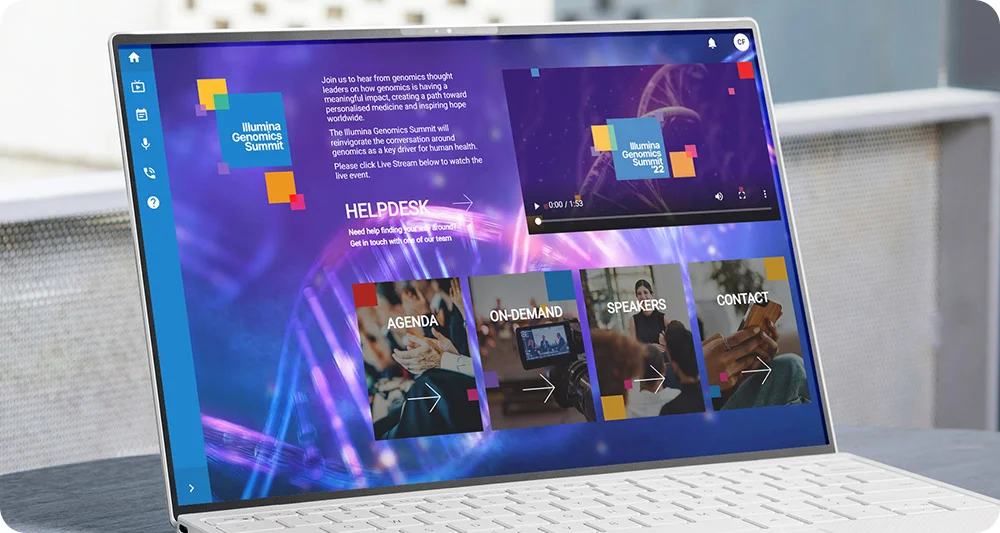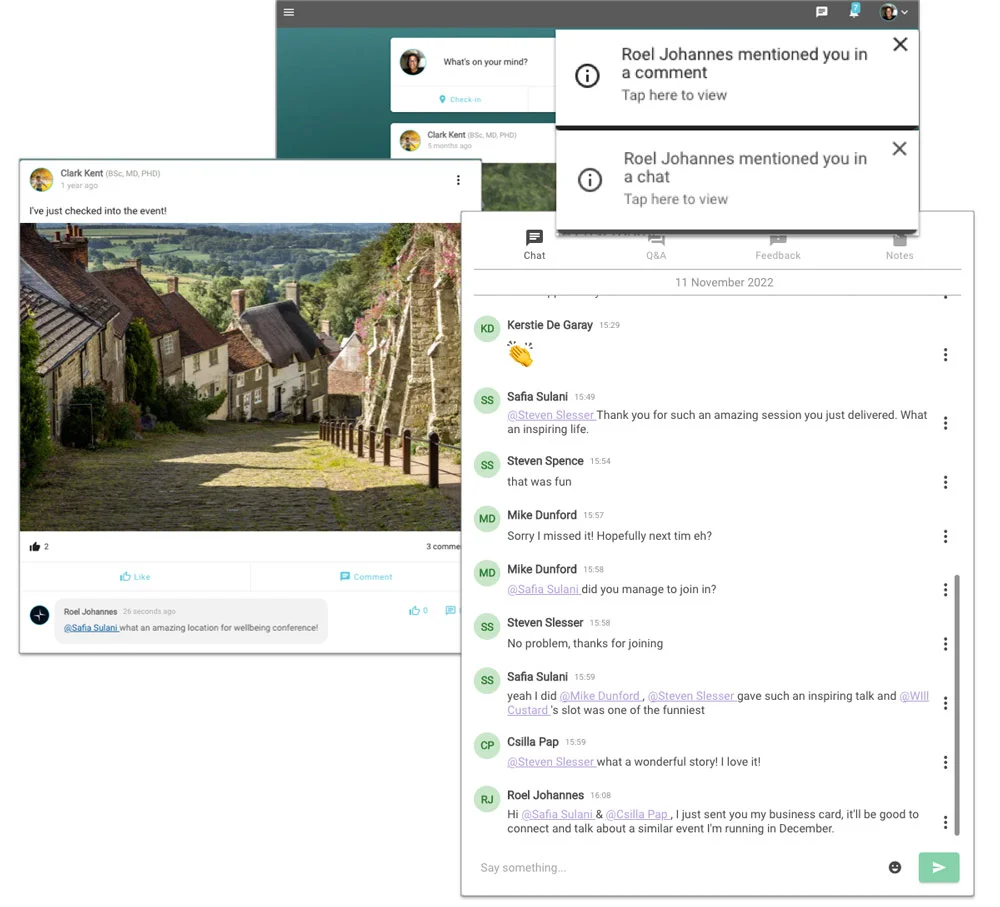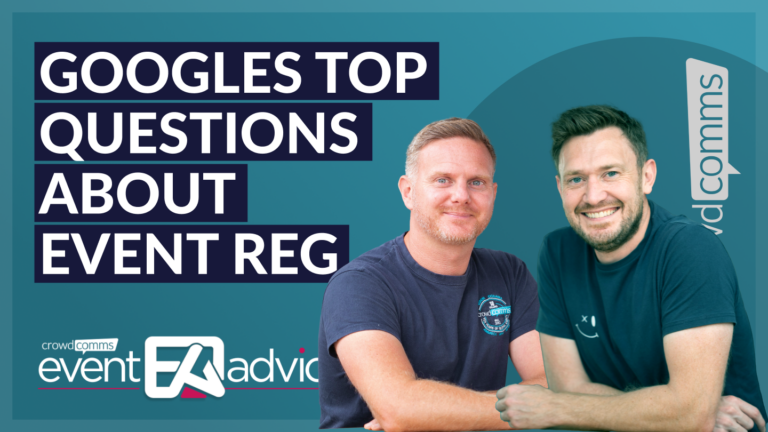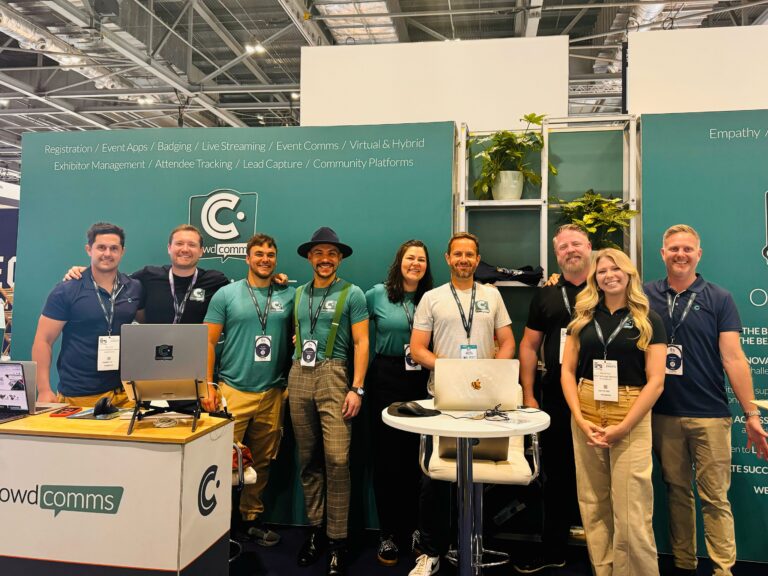However, keeping participants engaged from behind their screens presents unique challenges. This article will explore comprehensive strategies to enhance engagement at your virtual events, ensuring your audience remains attentive, interactive, and inspired.

Before diving into engagement strategies, we’ll revisit what virtual events entail and their significance.
Definition and Types of Virtual Events
Virtual events are online gatherings, supported by digital platforms, allowing individuals to interact in a virtual environment rather than meeting in a physical location. They can vary widely in form, including:
- Webinars: Educational sessions focusing on specific topics.
- Virtual conferences: Larger gatherings with multiple sessions and speakers.
- Online workshops: Interactive classes where participants learn by doing.
- Virtual trade shows: Exhibitions where companies showcase their products or services online.
Advantages Over Traditional Events
Virtual events offer several benefits over their in-person counterparts:
- Broader reach: Location is no longer a barrier, allowing a global audience to participate.
- Cost-effectiveness: Reduced expenses on venues, travel, and accommodation.
- Flexibility: Participants can join from the comfort of their homes at their convenience.
Challenges in Engagement
Engagement is key to the success of a virtual event. However, capturing and maintaining an audience’s attention online can be challenging:
- Distractions at home or work: Attendees participating from their personal or professional spaces may face numerous distractions, from phone calls and emails to household activities.
- Technical issues: Problems with internet connections, audio-visual equipment malfunctions, or platform glitches can disrupt the flow of virtual events, leading to frustration and decreased attendee engagement.
- The impersonal nature of digital interactions: Virtual environments lack the physical presence and warmth of face-to-face interactions, which can make it challenging to create a sense of community and personal connection among participants.
Planning Your Virtual Event for Maximum Engagement
A well-planned virtual event considers the audience’s needs, preferences, and the technological means to facilitate meaningful interactions.
Setting Clear Objectives
Identify your event engagement goals. Objectives could range from educating the audience, fostering networking, or generating leads.
Understanding Your Audience
- Demographics: Age, profession, and geographic location can influence preferences.
- Preferences: Types of content, interaction, and technology platforms favoured.
- Technology comfort levels: Not all participants may be tech-savvy.
Choosing the Right Platform
Choosing the right platform is important. The platform should align with your engagement goals and provide the tools necessary to create an interactive and immersive experience for attendees.
Essential features to look for include:
- Live polling and Q&A sessions, which facilitate real-time interaction and feedback;
- Breakout rooms, which allow for more intimate group discussions on specific topics
- High-quality streaming capabilities, to ensure a seamless audio and visual experience.
The platform should be user-friendly, reliable, and versatile enough to support your event, whether it’s a small workshop or a large-scale conference. By prioritising these features, you can significantly enhance participant engagement, making your virtual event a memorable and impactful experience.
Timing and Access
Schedule your event at a time convenient for your target audience’s time zones. Ensure the platform is accessible to people with disabilities.
Interactive Features to Boost Engagement
Interactive elements are vital in transforming passive viewers into active participants.
- Live Q&A sessions: Allow attendees to ask questions in real-time. Live Q&A sessions enrich virtual events by enabling attendees to ask questions in real-time, fostering a dynamic interaction between speakers and the audience. This feature makes the virtual experience more engaging and personal, as participants have the opportunity to clarify doubts, expand their understanding of the topic, and directly engage with experts. It’s an effective way to keep the audience involved and ensure the content reflects their interests and needs.
- Polls and surveys: Gather instant feedback and opinions. Polls and surveys are essential tools for gathering instant feedback and opinions from participants during virtual events. They help organisers gauge audience interest, tailor content to meet attendee preferences, and make interactive decisions. This instant engagement mechanism keeps the audience active and involved, providing valuable insights that can shape the direction of the current event or inform future events.
- Breakout rooms: Facilitate small group discussions on specific topics. Breakout rooms are virtual spaces that facilitate small group discussions on specific topics, allowing for more in-depth conversation and networking opportunities. They enable participants to dive deeper into subjects of interest, share personal experiences, and collaborate on ideas in a more intimate setting. This feature is instrumental in fostering community and connection among attendees, breaking the monotony of larger sessions.
- Gamification: Introduce contests or leaderboards to encourage participation. Introducing contests or leaderboards as part of gamification strategies can significantly enhance participation in virtual events. Gamification injects fun and competition into the event, motivating attendees to engage more actively with the content and each other. Whether it’s through trivia questions related to the event material or challenges that encourage networking, gamification adds an element of excitement and encourages continued involvement.
- Virtual networking: Enable one-on-one or group networking sessions. Virtual networking enables one-on-one or group networking sessions, mimicking the informal interactions that are valuable at in-person events. This feature allows participants to form connections, discuss common interests, and share contact information in a structured yet flexible online environment. It’s crucial for replicating the networking opportunities that many attendees seek at events, ensuring that the virtual format does not hinder professional relationship building.

Marketing Your Virtual Event
To ensure your virtual event is well attended, you need to market it in a smart way. Here’s how to spread the word and get people excited:
- Social Media: Places like LinkedIn, Twitter, and Facebook are great for letting lots of people know about your event. Share fun teasers, like who’s going to speak or what topics you’ll cover, to grab attention. Use special hashtags, chat with people who show interest, and think about paying a little to have your event show up in more places. Encouraging people to share your event with their friends can also help more people find out about it.
- Email Marketing: Email is a direct way to talk to people who might want to come to your event. Make sure your email title is interesting so people will want to open it. Write a personal note that tells them why they shouldn’t miss your event. If you have different groups of people you’re inviting, like people who have come before or belong to certain groups, make sure to change your message slightly for each group. Keep reminding them about your event so they don’t forget, and after the event, send a thank you note or ask what they thought about it.
- Partnerships: Working with people or groups who share your interests can make your event even better. This could mean doing parts of your event together with them, sharing each other’s posts, or getting them to talk about your event to their followers. Pick partners who fit well with what your event is about. This way, their followers might become interested in your event too. You can also work with newspapers or websites that can tell even more people about your event.
Using these ways to promote your event can help boost ticket sales and registrations. Finding different ways to connect with potential attendees will create enthusiasm and excitement for your event.
Pre-Event Engagement Strategies
Engagement starts long before the event day.
- Teaser content: Build anticipation with sneak peeks or previews.
- Engage on social media: Create hashtags, conduct polls, and share behind-the-scenes content.
- Pre-event networking: Allow participants to connect via the event platform in advance.
- Technical checks: Offer tutorials or support to ensure a smooth experience.
During the Event: Keeping Your Audience Engaged
When your event finally starts, make sure the content keeps everyone watching and engaged.
- Make a strong opening: Right from the beginning, you want to grab everyone’s attention. Start with something interesting like a fun fact, a surprising question, or a short story that makes people want to see what comes next.
- Interactive presentation styles: Ask your speakers to not just talk at the audience but to talk with them. This could mean asking questions and waiting for answers, doing quick polls, or even having a fun quiz related to the topic. The goal is to make everyone feel like they’re part of the conversation, not just observing.
- Moderators and hosts: It’s great to have energetic and friendly people leading your event. These are the hosts or moderators who keep things moving smoothly. They introduce speakers, announce what’s coming up next, and can even tell jokes or share interesting tidbits to keep the energy up during breaks or technical issues.
- Real-time feedback: Pay attention to what your audience is saying during the event. This can be through comments, polls, or questions they may ask. If you notice a lot of people are curious about a particular topic, maybe spend a bit more time on it.
Or if an event element isn’t working, like a video glitch, be quick to fix it or move onto something the next session. Adapting to what your audience needs or wants at the moment can make your event feel more personal.
By focusing on these points, you can ensure that every virtual event attendee is interested and connected to the event content.
Running a virtual event can seem like a significant undertaking, but you don’t have to do it alone.
As a market-leading event technology supplier, CrowdComms has the tools and know-how to make your virtual event a success.
We can help with everything from setting up fun interactive elements, like live polls and Q&A sessions, to delivering tips on audience engagement. Reach out to us, and let’s start planning your successful virtual event today!





